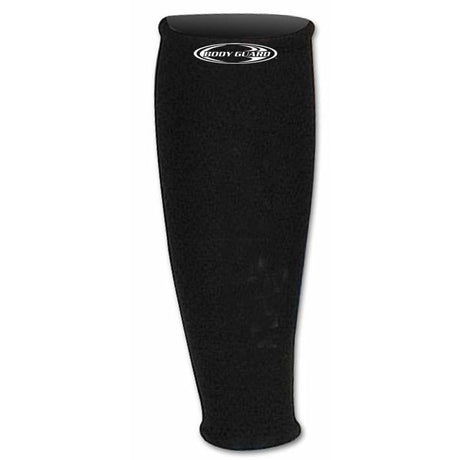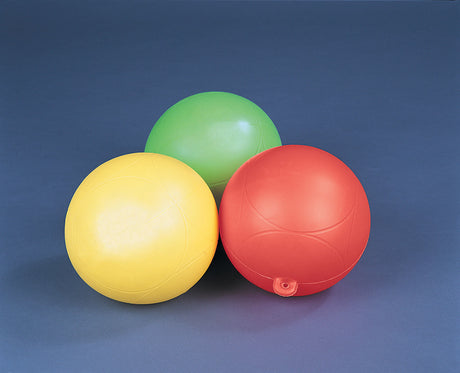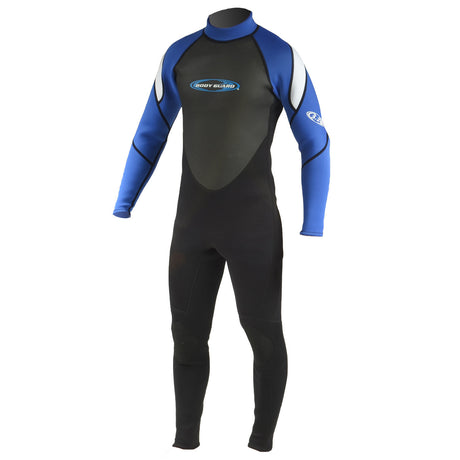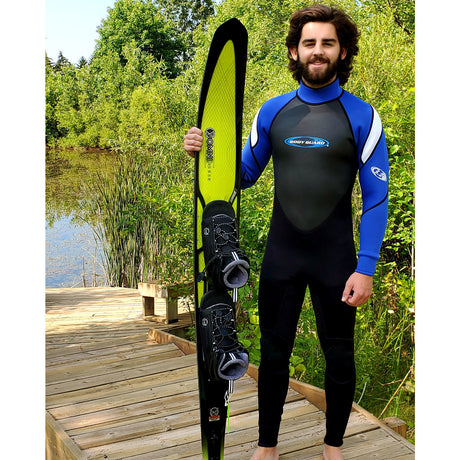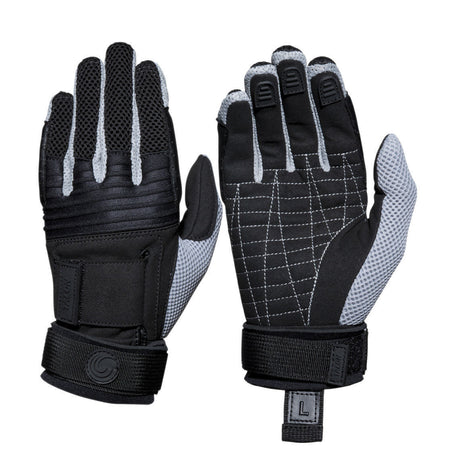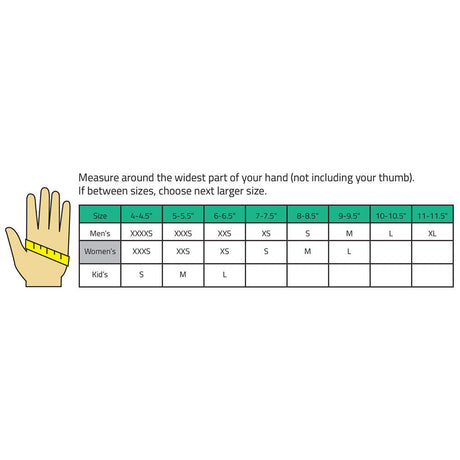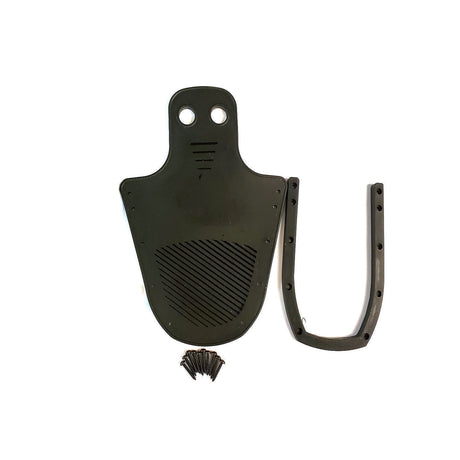As the cold months approach, you're probably getting your boat ready for storage at the dock. One of the most important pieces of kit you'll need to get your boat winterized are dock lines. Dock lines (officially called "mooring lines") are crucial for securing your boat. Let's go over types of dock lines, material, and what you'll need for your boat.
Types of Dock Lines

Before throwing random rope across your bow and stern, it's important to know what types of dock lines exist. Rope material plays a key factor in how a particular dock line should be used. These are the most common types of dock lines by material.
Nylon Lines
Nylon lines are the most common dock lines. Nylon lines have significant elasticity, allowing them to stretch and absorb shock. This is ideal for boat mooring, as it reduces stress on both the boat's hull, and the dock's line cleats.
Nylon lines can stretch up to 15 to 20% under heavy load, which provides a good balance of strength and shock absorption.
Polyester and Polypropylene Lines
Polyester and polypropylene lines have less stretch than nylon. Polyester offers some UV and abrasion resistance, but it's typically used for other things, like anchor lines or towing lines, rather than for dock lines. These lines might be preferred in places where less elasticity is desired, like for certain racing or sailing applications where line movement needs to be minimized.
When it comes to rigging your boat the dock for storage, we recommend avoiding poly lines. Stick with nylon to ensure good shock limiting and stretch.
Poly lines should only be used securing your boat's tarp or winter cover. They can also be used to help secure pylons, fenders, and bumpers on the dock. Their UV resistance and lack of stretch will help ensure your boat cover and pylons stay in place without getting loose over time, and the lines won't degrade from exposure to sunlight during those long, cold months.
Twist vs. Braided Lines
Three-strand twist lines have more stretch than double-braided lines, which are generally stronger but have less give. The three-strand twist is often used for dock lines because it provides a good balance of stretch and durability.
Double-braided lines, while somewhat stretchy, are less forgiving and are sometimes used when durability is prioritized over elasticity.
Line Diameter vs. Load
Beyond material and strands, your dock line's width plays a key role in ensuring your boat's adequately moored. Line that's too thin is far more likely to stretch excessively, or snap altogether.
Follow these guidelines for selecting the correct dock line diameter based on your boat's overall length.
| Boat Length |
Dock Line Diameter |
| Up to 20' | 3/8" |
| 21' to 30' | 1/2" |
| 31' to 40' | 5/8" |
| 41' to 50' | 3/4" |
| 51'+ | 1" |
If your boat's length falls somewhere between the recommendations above, it's always safest to go with the thicker of the two dock lines. As a general rule of thumb, you should increase dock line length by 1/8" for every additional 10' of boat length.
Dock Line Length vs. Boat Length

Your dock lines -- especially the lines attached to your boat's tow and stern -- should measure at least 2/3 the length of your boat's hull. This not only ensures you have adequate length to secure between the boat and dock cleats, but that the length has adequate stretch to absorb any loads exerted on it relative to your boat's length.
In other words, the shorter the line, the less total stretch it will have, and the lower its load limit. For extra short dock lines, a dock snubber -- a rubber rod the line coils around -- can be used to transform part of the line into what is effectively a spring, increasing the line's stretching ability and load limit.
Shop your setup! Grab quality dock lines here.
Don't forget a set of boat fenders and dock bumpers.



